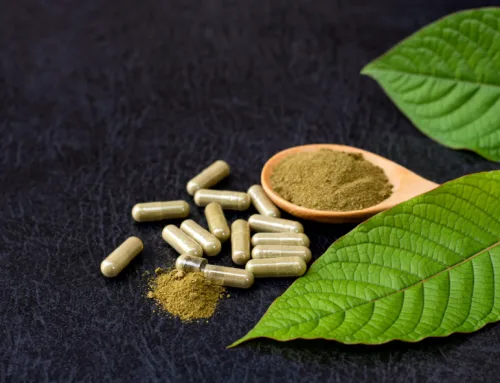Inhalant Abuse Effects on the Body
Many people would be surprised to learn that nearly 20 percent of middle and high school students have experimented with inhalants, according to the journal American Family Physician. Inhalant abuse often starts in adolescence, but because of cheap and easy access to household chemicals, usage often continues into adulthood, causing disastrous damage to a person’s body and future.
What are inhalants?
According to the National Institute on Drug Abuse, inhalants are a class of substances that produce a vapor, which can be used to experience a high effect when they are breathed in. Often, these substances are household products, and are thus extremely easy to obtain. Moreover, they’re cheap and legal to buy at any age. Sadly, due to their widespread availability, many inhalant users are adolescents.
Common inhalants are paint thinners, nail polish removers, degreasers, gasoline, shoe polish, rubber cement, lighter fluid, leather cleaners, aerosols and other cleaning or cosmetic products. Generally, inhalants produce psychoactive effects within minutes, and the feeling dissipates soon after.
Having inhalants in your home is not necessarily dangerous. When the products are used according to their directions, they are harmless. However, when used for the purpose of getting high, inhalant effects can be hazardous and even lethal.
How do inhalants work?
When inhalants are breathed in, the substance fills the lungs and quickly travels into the bloodstream. Once these toxins are in the blood, they make their way to the brain. The chemicals then depress the central nervous system and induce a sense of intoxication.
What are the short-term effects of inhalants?
Like any drug, the effects of inhalants depend on several factors – age, weight, genetic factors, metabolism, the type of substance used, the amount of the substance inhaled, the frequency of use and more all impact a person’s experience.
The following inhalant short-term effects may be experienced.
- A brief “high”
- Euphoric feeling
- Increased heart rate
- Distorted perceptions of colors, shapes, sound, time and movement
- Nausea and vomiting
- Drowsiness
- Hallucinations
- Blurry vision
- Loss of balance
- Delayed reactions
- Loss of control
- Sneezing and coughing
How long do the effects last?
The Center for Addiction and Mental Health states that a “high” from inhalants lasts anywhere from a few minutes to an hour or more. Typically, the high sets on quickly and wears away soon after but may be extended when a person inhales more of the substance. While euphoric feelings fade quickly, resulting inhalant long-term effects linger much longer.
What are the long-term effects of inhalants?
While the outcomes will differ for everyone, the following are potential long-term inhalant effects.
-
- Fatigue
- Headaches or migraines
- Tolerance to inhalants, which can lead to addiction
- Withdrawal symptoms when persistent use decreases or stops suddenly
- Self-injurious or suicidal behavior
- Brain damage (or brain shrinkage), which can impair vision, memory and thinking
- Hearing loss
- Damage to the heart, lungs, liver, kidneys and bones
- Weakened immune system
- Premature birth, birth defects or stillbirths for users who are pregnant
The National Institute on Drug Abuse also identifies several ways that inhalants have led to fatalities.
- Inhalants can produce irregular heart rhythms, leading to heart failure
- Asphyxiation or suffocation can occur when the body is unable to take in enough oxygen
- Seizures can result from inhalant’s effects on the brain
- Comas occur when the body responds to inhalants by organ failure
- Choking
- Accidents can occur when a person operates a vehicle under the influence of inhalants or due to the high flammability of many inhalants
While these inhalant abuse effects are mostly physical consequences, inhaling toxic chemicals can also damage relationships, interfere with career and educational success and result in legal repercussions (like in the case of driving under the influence of inhalants). A person’s self-image and mental health will also suffer from inhalant abuse.
Where can I get treatment?
Inhalant abuse effects are dramatic and can even lead to death. While each substance produces different effects, they are all consequences you want to avoid.
Just because inhalant abuse seems less common and less dangerous than addictions to other drugs or alcohol doesn’t mean it isn’t serious. Breaking an inhalant habit warrants professional treatment, and at Freedom Detox you can get the help you need. Freedom Detox offers compassionate care and individualized treatment plans at a state-of-the-art facility.
Take advantage of the inhalant detox program at Freedom Detox by calling 800-475-2312 today.





